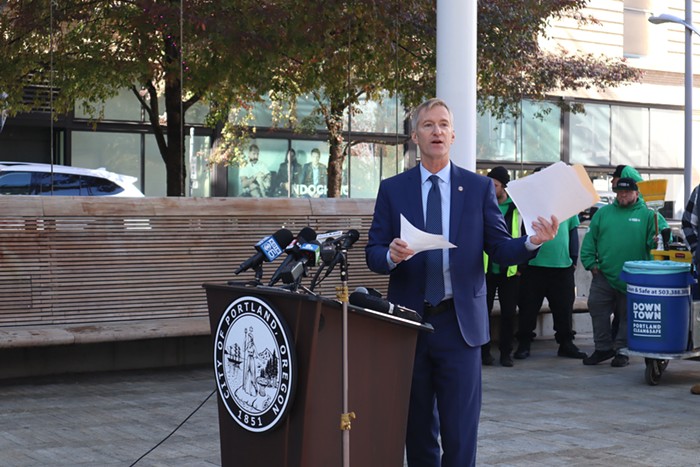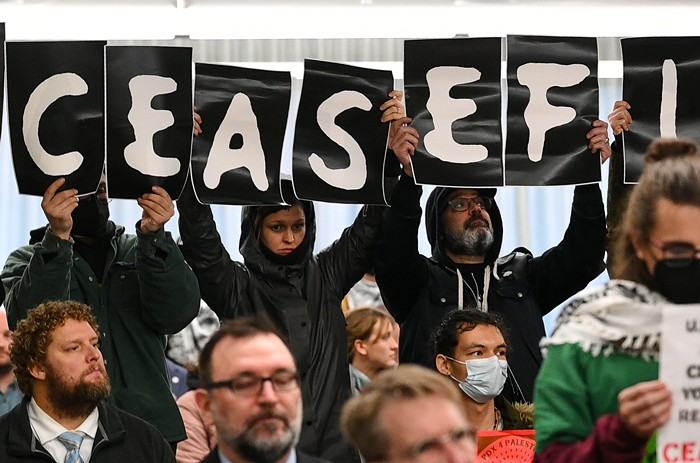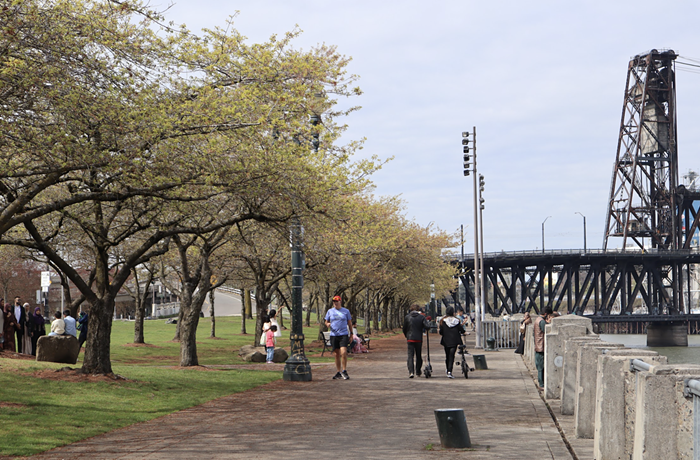THERE AREN'T a great many instances where a $746 million price tag looks like a bargain. But last week, when the US Environmental Protection Agency (EPA) slapped that number on a long-awaited proposal for cleaning up Portland's toxic, fish-contaminating harbor, it had all the trappings of a door-buster special.
Consider: The City of Portland had recently pegged the price for cleaning up a century of wanton dumping in the Willamette at between $800 million and $2.5 billion. And just last year, the EPA had floated a very similar plan that would have cost $1.5 billion.
But there it was. On Wednesday, June 8, EPA officials in Washington, DC, and Seattle matter-of-factly stated their plans for cleaning up the Willamette had been slashed nearly in half over night.
Their proposal would leave roughly 87 percent of the river's almost 2,200-acre Superfund site completely untouched—some 1,900 acres affected to some degree by nasty substances like pesticides, PCBs, and arsenic would be left to recover over time. It would haul nearly 1.9 million cubic yards of toxic muck from the river bottom and, depending on how Portlanders react, could put at least 670,000 of those cubic yards in a toxic waste site less than two miles north of the St. Johns Bridge (the plan will cost $65 million more without that site, the EPA says).
And when it's all said and done? After seven years of intermittent construction and two more decades of "natural recovery"? Portlanders might be able to safely eat nearly 20 of the Willamette's now-toxic resident fish species per year, up from the current federal recommendation of zero. That's the furthest the promises go.

The plan caught immediate flak from environmental advocates, who want a more complete cleanup.
"It looks like pretty weak tea," says Travis Williams, executive director of Willamette Riverkeeper. "They brought a nine-volt battery to a party that needs a big old power cable."
Let's go back to the cost of all this, though, because it's something all Portlanders have a stake in (along with the health of our river, obviously). The city is one of more than 150 polluters that have been tapped to pay for cleanup, and while Portland's share of the tab won't be worked out for months, it won't be nothing.
It's worth asking the EPA, then: How on earth could cleanup for one of the country's largest and most complex polluted riverbeds be slashed so drastically? And what confidence can we place on any estimates that are subject to such wild swings?
So we did.
"What changed is not so significantly the amount of design," says Dennis McLerran, who heads up the EPA's Region 10, based in Seattle, "it is the cost estimate."
Cami Grandinetti, an EPA manager in that office, says the changes come down to faulty assumptions made in an August 2015 study that estimated costs for cleaning up the river. EPA staffers soon noticed something off about those estimates: They didn't square at all with similar cleanups around the country.
For instance, the EPA's $1.5 billion "preferred" plan to clean up the Willamette would have cost more than the cleanup of a massive Superfund site in New Jersey's Passaic River, Grandinetti says, even though that project was almost twice as large. Meanwhile, a cleanup of the Lower Duwamish River in Seattle was projected to cost less than a quarter of Portland's plan, while removing roughly half the toxic material.
It didn't add up.

"Our costs for Portland Harbor looked a little high," says Grandinetti, in something of an understatement. She and others looked into it, and soon realized the agency was mistakenly double billing itself for mitigation work required by the federal Clean Water Act. Something like $100 million magically disappeared.
Then regulators realized they'd built a massive erroneous assumption into their plans. They'd figured river muck would have to be thermally treated—essentially cooking pollutants out of it, prior to being sent to a waste dump. Grandinetti says the agency should have known that wasn't the case. The EPA had disposed of some of the same muck without cooking it in the past.
"Those two big changes resulted in a few hundred million coming off the cost," she says. Other revisions further slashed costs.
The new price tag feels a bit rushed to Bob Sallinger, conservation director with the Audubon Society of Portland.
"We certainly have not had any ability to assess the credibility of these cuts or whether there were substantive impacts to the plan that resulted," says Sallinger, who's called on the EPA to double the 60-day window it's allowed for public comment.
In fact, Grandinetti concedes there's a decent chance the estimates are still off. The Lower Willamette Group (LWG), a coalition of 14 river polluters including the city and Port of Portland, took its own stab at pricing cleanup a few years back. It came back with lower costs, she notes, and the EPA's found many of the group's cost assumptions to be sound.
"Our costs are still higher than what the LWG had, and what the Passaic and Lower Duwamish had," she says, then notes: "They're not so high that we feel like something's wrong."


















